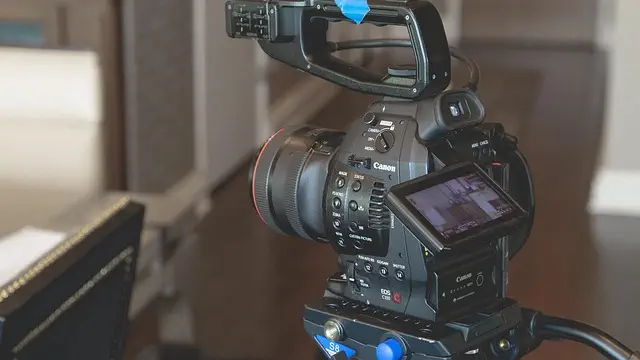Video compression is essential for storing and sharing high-definition videos efficiently, reducing file sizes while preserving quality. When burning DivX files to DVD, use high-quality codecs like x264 or H.265 (HEVC), set CRF between 18-23 for optimal balance, resize to the DVD aspect ratio (720×480/720p), enable hardware acceleration, and avoid unnecessary filters to ensure smooth playback on devices with limited bandwidth.
Video compression is an art and science, allowing us to reduce file sizes without sacrificing quality. This is crucial when burning DivX files to DVD, ensuring a seamless viewing experience. In this article, we’ll explore the fundamentals of video compression and its impact on your media. We’ll then delve into effective strategies for compressing DivX videos, providing tips to maintain optimal quality during the DVD burning process. Discover how to balance file size and visual fidelity for a truly enjoyable home entertainment experience.
Understanding Video Compression: The Basics and Why It Matters

Video compression is a process that reduces the size of video files while minimizing perceived loss in quality. It involves removing unnecessary data from the original file, such as parts of the image that are less visible to the human eye or redundant information. This technique is crucial when it comes to storing and sharing videos efficiently. By compressing video data, you can significantly reduce file sizes, making them easier to store, transmit, and play back on various devices, including burning DivX files to DVD for offline viewing.
The impact of compression becomes evident when dealing with high-definition content. Uncompressed HD videos can be massive in size, rendering them impractical for distribution and storage. Efficient compression algorithms allow for a balance between file size reduction and maintaining the video’s visual quality. This ensures that viewers experience crisp and clear footage, even when the video is compressed to fit on a standard DVD or streamed over limited bandwidth.
Effective Strategies for Compressing DivX Files for DVD Burning While Preserving Quality

When compressing DivX files for burning to a DVD, the goal is to maintain optimal video quality while reducing file size. There are several effective strategies to achieve this. First, utilize high-quality codecs like x264 or H.265 (HEVC) for encoding. These codecs offer superior compression efficiency without sacrificing visual fidelity. Adjusting bitrate is another crucial step; a constant bitrate (CRF) between 18 and 23 typically strikes a good balance between file size and quality, preserving the DVD’s crispness and clarity.
Additionally, resizing the video to match the aspect ratio of the target DVD (720×480 or 720p) can significantly reduce the compressed file size. Enable hardware acceleration during encoding for faster processing without sacrificing quality. Finally, avoid unnecessary filters that might introduce artifacts; stick to essential settings for optimal results when burning DivX files to DVD.
Video compression is a vital skill, especially when aiming to burn DivX files to DVD. By understanding the fundamentals and employing effective strategies, as outlined in this article, you can significantly reduce file sizes without sacrificing video quality. These techniques empower users to create compatible, high-quality DVDs, making the process of sharing content more efficient and accessible. Now, with optimized compression, burning DivX files to DVD is seamless, ensuring an enhanced viewing experience for your audience.
